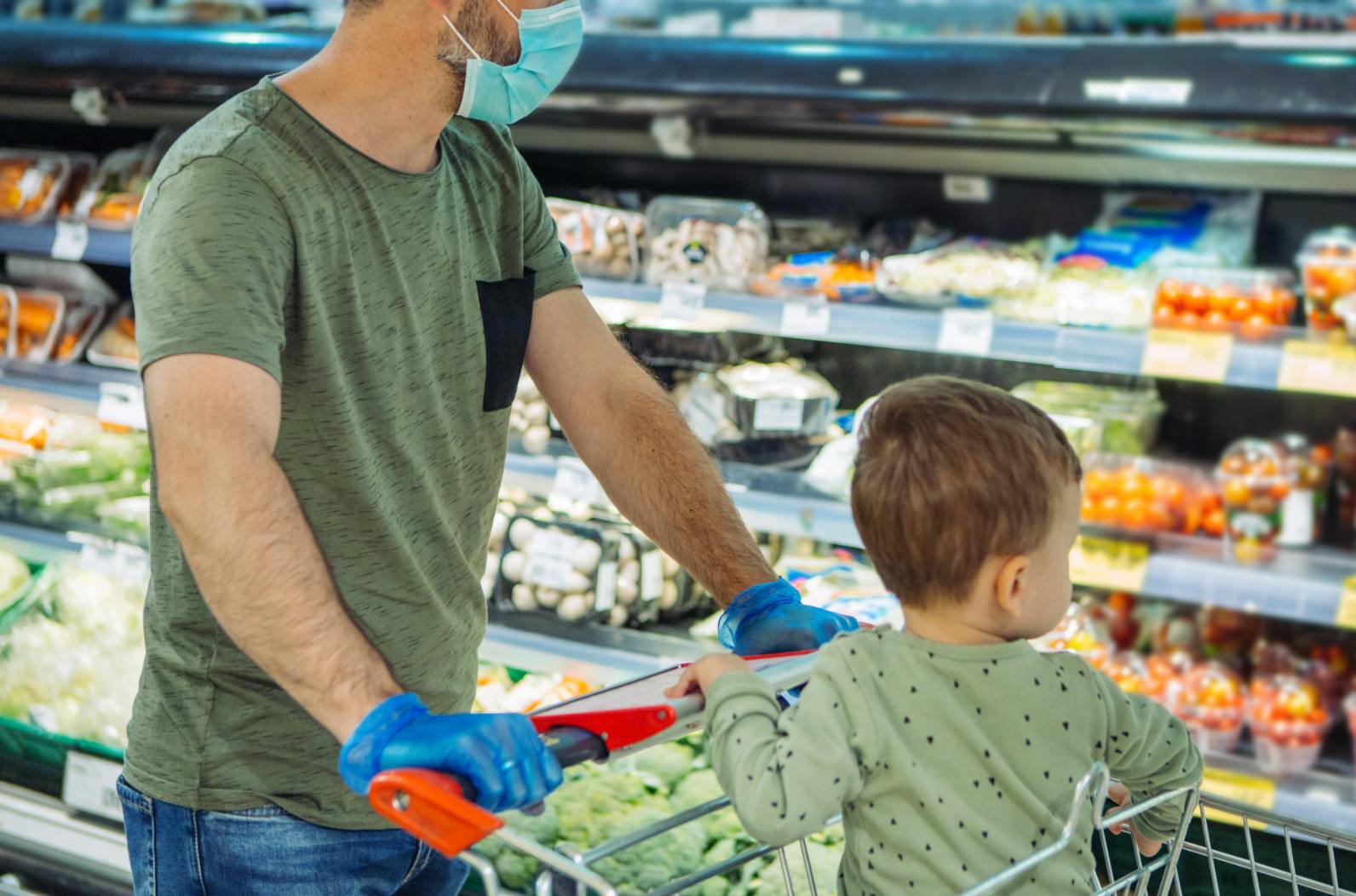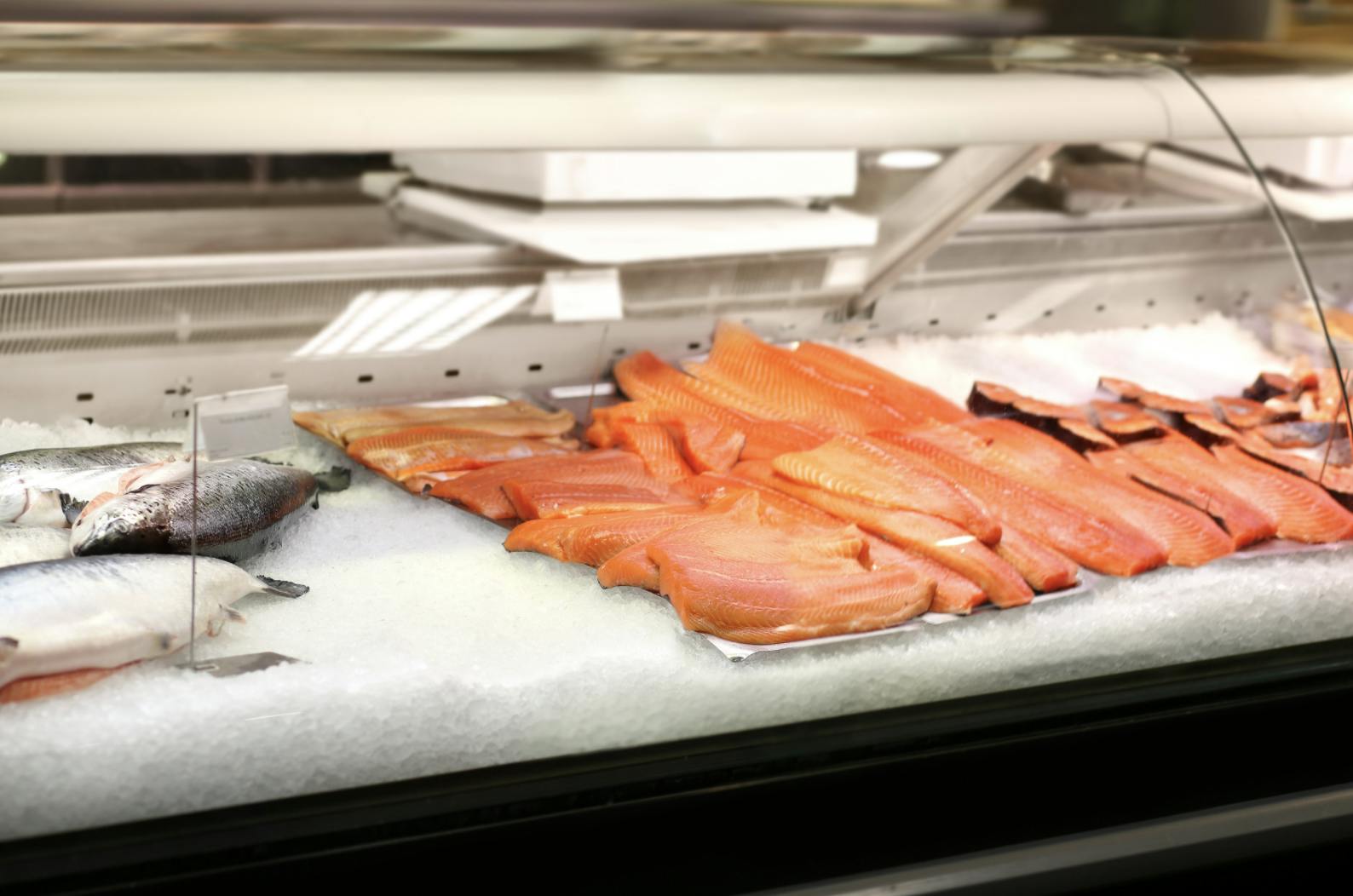Never before in the history of modern food retailing have consumer behaviors, lifestyles, and purchasing habits been so profoundly influenced by a single event more than the COVID-19 pandemic.
The sheer magnitude of the unparalleled upheaval sparked by the ongoing pandemic has unleashed cascading ripple effects that have accelerated the pace of change across all businesses and industries—but none more so than grocery, where virtually every single aspect of the consumer experience is being put to the test.
While it’s still way too soon to tell how long the uncertainty will linger, the shifts brought about by prolonged stay-at-home orders that remained through early summer in some areas—coupled with restrictions on restaurants and foodservice establishments—are clearly poised to perpetuate a continued cycle of homemade meals, pantry-stocking, and related household purchases as we eagerly await the return of the “old normal.”

What is less clear, of course, is the extent these consumer purchase behavioral shifts will have in the long-term, when prices and product availability are being eyed as the grocery channel’s top two post-pandemic consumer concerns, according to the latest insights on the continuing evolution of COVID-driven consumer behavior from Acosta. While there is plenty of food to keep Americans fed, product availability remains a top concern among 53% of grocery shoppers mulling a coronavirus-free future, according to highlights of the Jacksonville, Fla.-based CPG sales and marketing company’s most recent online surveys conducted in mid-June.
In addition to anticipating tight supplies of various staple products—which we’ve all become acutely familiar with in recent months—45% of those surveyed by Acosta foresee low prices also factoring heavily on their post-pandemic shopping lists.
“As the pandemic stretches on, we see the toll it has taken on shoppers financially,” said Darian Pickett, CEO of Acosta. The fragile economy is compounding the stress for many shoppers, he added, with 37% considering themselves worse off financially than they were pre-pandemic—including 9% who report being much worse off. “Millennials have been hit the hardest” as a cohort of consumers, per Pickett, who confirmed what many are equally fearing but hesitant to declare: “A recession is here and will significantly impact the shopping habits of those affected.”
Scott McKenzie, intelligence unit leader at Nielsen, echoed Pickett’s sentiments in a July 9 blog post on the market research intel provider’s website, where he discusses how the economic crisis and unemployment will be the defining levers of long-term consumer change.
“Projections like these clearly highlight that consumers will need to recalibrate their spending habits. In other words,” McKenzie continued, “we may still be eating more meals in our homes, but what we eat and how much we’re able to afford will change, and that change may last years. And it won’t just be food. Consumers will completely reassess what goes into their shopping basket.”
Seafood Shows Big Gains
With this in mind, it will be interesting to see if sticky behavior for products that have experienced a rebirth at retail persists post-pandemic, such as meat and seafood—the latter of which has benefited tremendously at the outset of summer amid escalating meat and poultry prices. Figures from market research firm Nielsen revealed seafood to be the fastest-growing supermarket category during the last week of May, good for a massive 48% gain vs. the previous week and 26% jump over the prior 13-week period.

With the average consumer preferring to eat seafood in restaurants due to a lack of confidence in their preparation and cooking skills, many retailers have toiled mightily for years to capture adequate ROI with their fresh seafood departments. But as present-day consumers have since been forced to embrace the joy of cooking to varying degrees of proficiency in our grocery-gone-wild world, it begs the question: Might the tide finally turn for supermarket seafood departments to emerge as an everyday mainstay for family meals as heightened interest in nutrition also gains steam?
The ‘Homebody Economy’ is Poised for a Return
Adult beverages—namely, spirits, beer, wine, and spiked seltzers—has been another watch-worthy category since the outset of the pandemic, when off-premise (i.e., at-home) sales soared. However, in recent weeks, the trend has begun to slow down, according to the latest Nielsen data, which tabbed retail beverage alcohol gains of +19.2%, down from a 25.4% growth rate in the prior week.

The latest figure marks the second slowest growth week since mid-March when on-premise consumption went dark in many parts of the country—in turn prompting adult beverage consumers to redirect the money they’d previously spent going out to buying pricier brews and bottles to enjoy at home. But as restrictions on restaurants and bars began being lifted—perhaps prematurely, in certain cities—many people readily welcomed and rapidly embraced the opportunity to break the “homebody economy” cycle with a night out.
Looking ahead, the recurring stay-in-place mandates that are being reinstated (or looming) across a variety of COVID outbreak hot spots seem to bode well for the adult beverage category to reclaim its popularity at retail as we gear up for the all-important autumn selling season.

